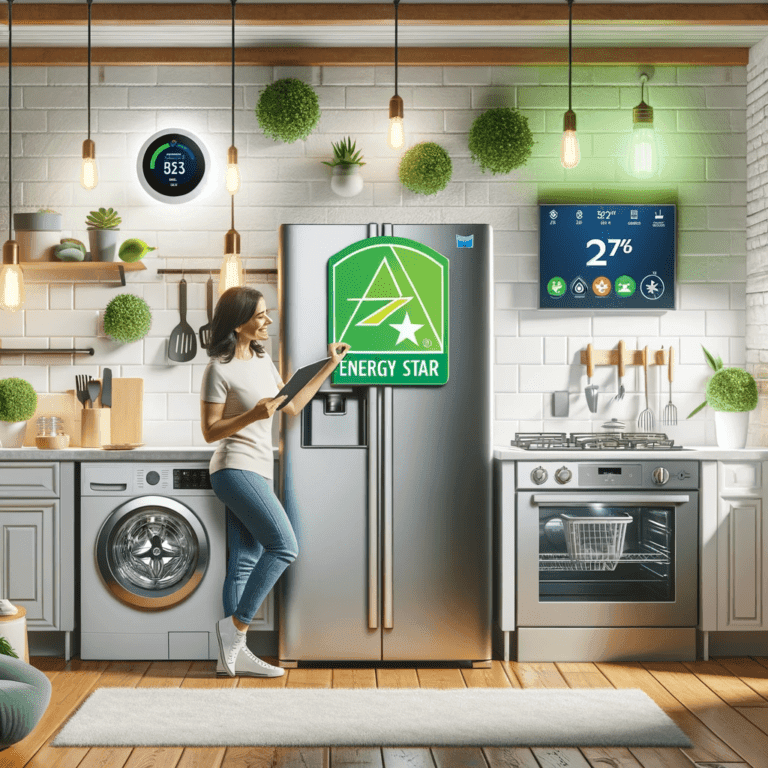
Appliance Repair and Emergencies: Navigating Household Crises with Confidence
Imagine a typical day at home suddenly disrupted by an appliance failure – your refrigerator stops cooling, or your oven starts emitting smoke. Such emergencies not only cause inconvenience but can also pose



